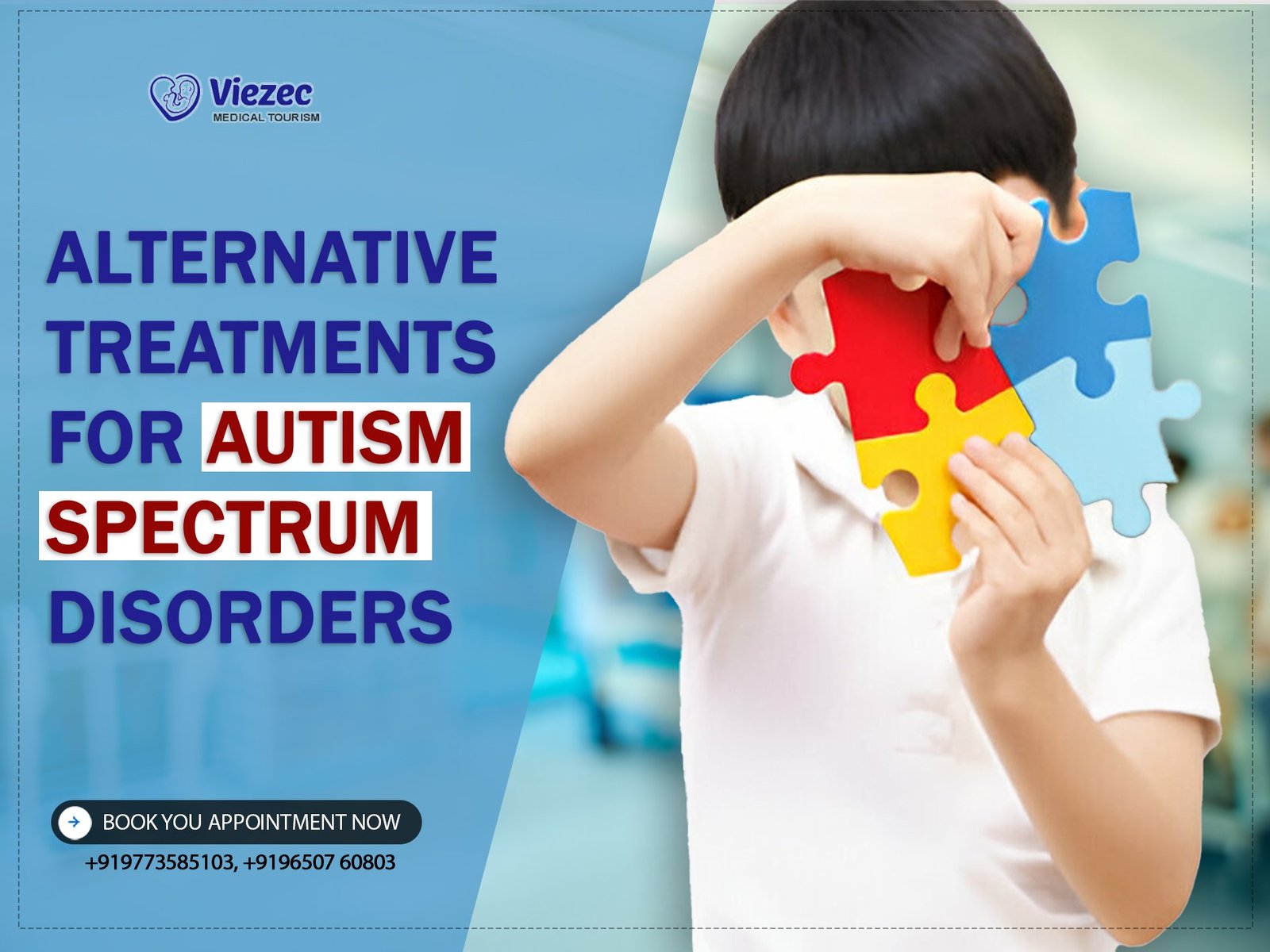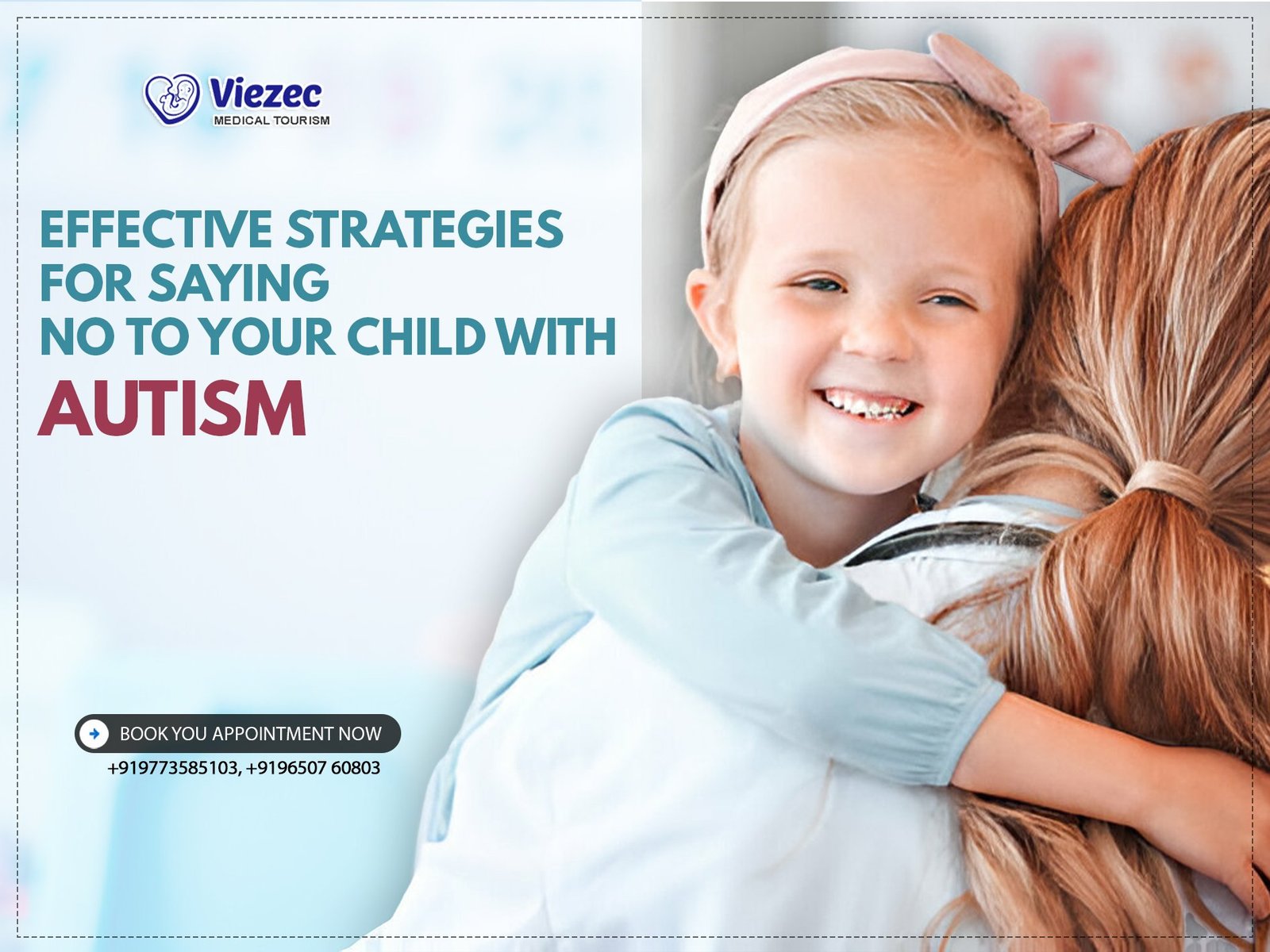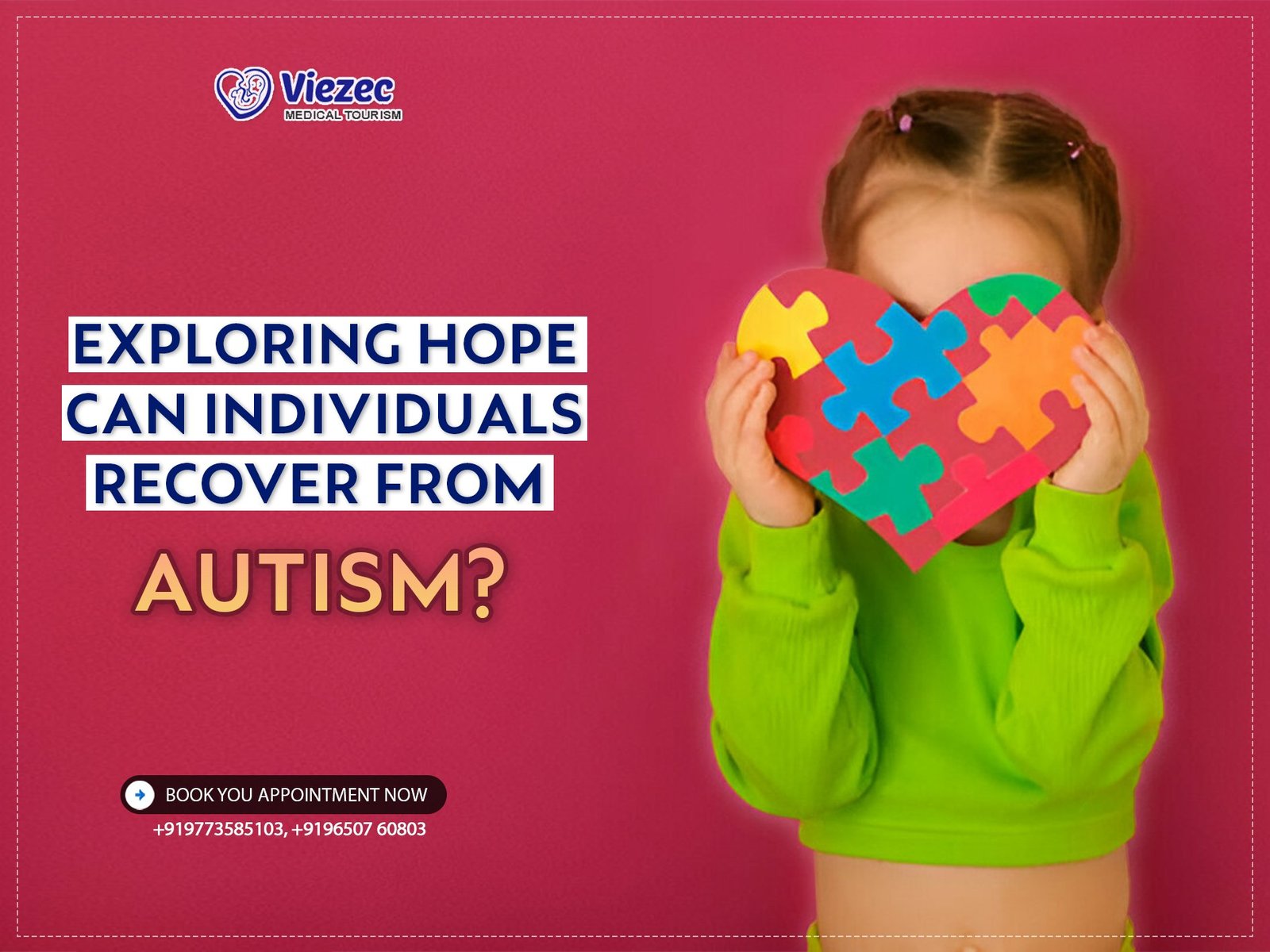Autism Spectrum Disorders (ASD) encompass a range of neurodevelopmental conditions characterized by challenges in social interaction, communication, and repetitive behaviors. While traditional approaches to treatment have typically focused on behavioral and pharmacological interventions, there is a growing interest in exploring alternative therapies to complement or supplement these methods. This article delves into various alternative treatments for ASD, ranging from nutritional and behavioral therapies to sensory-based interventions, biofeedback, physical therapies, alternative medical approaches, mind-body interventions, stem cell therapy, parent-mediated interventions, and multidisciplinary approaches.
Nutritional Therapies
Dietary Interventions for ASD
Nutritional therapies have gained attention in the management of ASD due to their potential impact on behavior and cognitive function. Several dietary interventions have been explored, including:
Gluten-Free Casein-Free (GFCF) Diet: This involves eliminating gluten (a protein found in wheat) and casein (a protein found in dairy) from the diet. Proponents suggest that these proteins may exacerbate ASD symptoms in some individuals.
Ketogenic Diet: A high-fat, low-carbohydrate diet that has shown promise in improving behavior and cognitive function in some individuals with ASD. It is thought to influence brain metabolism and neurotransmitter activity.
Specific Carbohydrate Diet (SCD): This diet restricts complex carbohydrates, focusing on simple sugars that are easily digestible. It aims to reduce inflammation in the gut and improve digestive health, which proponents believe may alleviate ASD symptoms.
Micronutrient Supplementation: Certain vitamins, minerals, and fatty acids have been studied for their potential benefits in ASD management. These include:
- Vitamin and Mineral Supplements: Deficiencies in vitamins and minerals such as vitamin D, vitamin B6, magnesium, and zinc have been reported in individuals with ASD. Supplementation may help address these deficiencies and support overall health.
- Omega-3 Fatty Acids: Found in fish oil, omega-3 fatty acids have anti-inflammatory properties and are essential for brain function. Some studies suggest that supplementation may improve behavior and cognitive function in individuals with ASD.
Behavioral Therapies
Applied Behavior Analysis (ABA)
ABA is a widely used behavioral therapy for individuals with ASD, focusing on principles of learning theory to modify behavior. Key aspects include:
Principles and Techniques: ABA techniques involve breaking down complex behaviors into smaller components and using reinforcement strategies to encourage desired behaviors.
Effectiveness and Controversies: While ABA has been shown to be effective in improving communication, social skills, and adaptive behavior in many individuals with ASD, it has also sparked debates regarding its intensive nature and potential for causing stress or promoting compliance over genuine understanding.
Cognitive Behavioral Therapy (CBT)
CBT is a type of talk therapy that aims to identify and modify negative thought patterns and behaviors. When adapted for individuals with ASD, it may focus on:
Adapting CBT for ASD: CBT techniques are tailored to accommodate the cognitive and sensory differences often present in individuals with ASD, such as visual supports and concrete language.
Addressing Anxiety and Social Skills: CBT can be particularly beneficial for addressing anxiety and teaching social skills, which are common challenges for individuals with ASD.
Sensory-Based Therapies
Sensory Integration Therapy
Many individuals with ASD experience sensory processing challenges, which can affect their ability to regulate emotions and participate in daily activities. Sensory integration therapy aims to:
Sensory Processing Challenges in ASD: Individuals with ASD may be over- or under-responsive to sensory stimuli, leading to sensory seeking or avoidance behaviors.
Activities and Techniques: Sensory integration therapy utilizes activities and techniques to help individuals process sensory information more effectively, such as swinging, brushing, and deep pressure.
Auditory Integration Training (AIT)
AIT is a sound-based intervention that aims to normalize auditory processing and reduce sensitivity to certain sounds. Key aspects include:
Sound-Based Interventions: AIT typically involves listening to specially modulated music through headphones, with the frequency and intensity gradually adjusted over multiple sessions.
Evidence and Limitations: While some studies suggest benefits of AIT for individuals with ASD, research findings have been mixed, and the effectiveness of this intervention remains controversial.
Biofeedback and Neurofeedback
Understanding Biofeedback
Biofeedback is a technique that enables individuals to learn how to control physiological processes, such as heart rate and muscle tension, through feedback from electronic monitoring devices. In the context of ASD:
Principles of Biofeedback Therapy: Biofeedback techniques aim to increase awareness and control of bodily functions, which may help individuals with ASD manage stress and anxiety.
Applications in ASD Treatment: Biofeedback has been explored as a complementary therapy for addressing symptoms such as anxiety, hyperactivity, and emotional regulation in individuals with ASD.
Neurofeedback Training
Neurofeedback involves training individuals to regulate their brainwave patterns, with the goal of improving cognitive function and behavior. Key aspects include:
Brainwave Regulation Techniques: Neurofeedback typically involves monitoring brainwave activity using electroencephalography (EEG) and providing feedback to help individuals learn to modulate their brain activity.
Neurofeedback for Behavior and Attention: Some studies suggest that neurofeedback may help improve attention, impulse control, and social behavior in individuals with ASD, although further research is needed to establish its efficacy.
Physical Therapies
Occupational Therapy (OT)
Occupational therapy aims to improve functional abilities and independence in daily activities. In the context of ASD:
Fine Motor Skill Development: OT addresses fine motor skills such as handwriting, dressing, and feeding, which may be challenging for individuals with ASD.
Sensory Integration in OT: Occupational therapists often incorporate sensory integration techniques to help individuals with ASD better process and respond to sensory stimuli.
Hippotherapy
Hippotherapy involves using horseback riding as a therapeutic intervention to address physical, emotional, and cognitive challenges. Key aspects include:
Equine-Assisted Therapy Benefits: The rhythmic movement of the horse can provide sensory input and improve balance, coordination, and muscle strength in individuals with ASD.
Riding Programs for ASD Individuals: Structured riding programs tailored to the needs of individuals with ASD can provide opportunities for social interaction, sensory stimulation, and emotional regulation.
Alternative Medical Approaches
Homeopathy and Naturopathy
Homeopathy and naturopathy are holistic medical systems that emphasize natural remedies and the body’s innate healing abilities. In the context of ASD:
Principles and Treatment Modalities: Homeopathic and naturopathic treatments for ASD may include dietary changes, herbal supplements, detoxification protocols, and lifestyle modifications.
Controversies and Safety Concerns: While some individuals and families report benefits from homeopathic and naturopathic treatments, there is limited scientific evidence to support their efficacy, and safety concerns have been raised regarding certain interventions.
Herbal and Dietary Supplements
Herbal remedies and dietary supplements are commonly used by individuals with ASD and their families to address various symptoms and improve overall health. Key considerations include:
Herbal Remedies for Symptom Management: Certain herbs and dietary supplements, such as melatonin for sleep disturbances or chamomile for anxiety, are often used to alleviate specific symptoms associated with ASD.
Evidence and Risks: While some studies suggest potential benefits of herbal remedies and dietary supplements for individuals with ASD, research findings are often inconclusive, and there may be risks associated with certain supplements, such as interactions with medications or adverse effects.
Mind-Body Interventions
Yoga and Mindfulness Meditation
In recent years, the practice of yoga and mindfulness meditation has gained traction as complementary interventions for individuals with ASD. These techniques emphasize the connection between the mind and body, promoting relaxation and self-awareness. Research suggests that incorporating yoga and mindfulness into therapy programs can help reduce stress and anxiety levels in individuals with autism.
Stress Reduction Techniques
One of the primary benefits of mind-body interventions like yoga and mindfulness meditation is stress reduction. Children and adults with ASD often experience heightened levels of stress due to sensory sensitivities and challenges in social situations. By teaching relaxation techniques and fostering a sense of calm, these practices can contribute to emotional regulation and overall well-being.
Benefits for Emotional Regulation
Emotional regulation is a common area of difficulty for individuals with autism. Mind-body interventions offer tools for managing emotions and coping with sensory overload. Through regular practice, individuals can learn to identify and express their feelings in constructive ways, leading to improved self-control and social interactions.
Tai Chi and Qigong
Gentle Movement Therapies
Tai Chi and Qigong are ancient Chinese practices that involve slow, deliberate movements coordinated with deep breathing and meditation. These gentle forms of exercise focus on balance, flexibility, and relaxation, making them suitable for individuals with ASD who may struggle with coordination or hyperactivity. Tai Chi and Qigong can promote body awareness and motor skills development while fostering a sense of tranquility.
Improving Balance and Coordination
Many individuals with autism experience challenges with motor coordination and proprioception. Tai Chi and Qigong provide structured movements that help improve balance and coordination over time. By practicing these gentle exercises regularly, individuals can enhance their physical abilities while also experiencing a sense of calmness and inner peace.
Music and Art Therapies
Music Therapy
Music therapy is a well-established alternative treatment for individuals with ASD, leveraging the power of music to address various developmental goals. Whether through listening, singing, or playing instruments, music can facilitate communication, emotional expression, and social interaction in individuals with autism.
Therapeutic Applications of Music
Music therapy sessions are tailored to the unique needs and preferences of each individual, incorporating elements of rhythm, melody, and lyrics to achieve therapeutic outcomes. Research indicates that music can stimulate neural pathways associated with language processing and emotional regulation, making it a valuable tool for individuals with ASD who may struggle with verbal communication or self-expression.
Enhancing Communication and Social Skills
One of the key benefits of music therapy is its ability to enhance communication and social skills in individuals with autism. Group music-making activities provide opportunities for collaboration, turn-taking, and nonverbal communication, fostering connections with peers and caregivers. Through engaging with music in a supportive environment, individuals with ASD can develop confidence and interpersonal skills that extend beyond the therapy session.
Art Therapy
Creative Expression for ASD Individuals
Art therapy offers a creative outlet for individuals with autism to express themselves and explore their emotions in a nonverbal manner. Through drawing, painting, and sculpting, individuals can communicate their thoughts and feelings while developing fine motor skills and sensory integration.
Visual Arts in Emotional Processing
The visual arts provide a unique medium for emotional processing and self-reflection. Art therapy encourages individuals with ASD to explore themes of identity, self-esteem, and social relationships through their artistic creations. By externalizing internal experiences, individuals can gain insight into their emotions and develop coping strategies for managing stress and anxiety.
Stem Cell Therapy
Understanding Stem Cell Treatment
Stem cell therapy holds promise as a novel approach to treating ASD by targeting underlying neurological abnormalities. Stem cells have the unique ability to differentiate into various cell types within the body, offering potential for repairing damaged brain tissue and restoring normal function.
Basics of Stem Cells
Stem cells are undifferentiated cells that can develop into specialized cell types, such as neurons or glial cells. In the context of ASD, researchers are exploring the use of stem cells to replace or regenerate dysfunctional brain cells associated with the condition. While still in the early stages of research, stem cell therapy represents a promising avenue for addressing the core deficits of autism.
Potential Applications in ASD
Preliminary studies have shown encouraging results in animal models and small-scale clinical trials, demonstrating improvements in behavioral symptoms and cognitive function following stem cell treatment. However, further research is needed to elucidate the mechanisms of action and long-term effects of this intervention in individuals with ASD.
Current Research and Clinical Trials
Current Research and Clinical Trials
Ongoing research efforts are focused on refining stem cell therapy techniques and expanding the evidence base for its efficacy in ASD. Clinical trials are underway to evaluate different stem cell sources, delivery methods, and dosing regimens to optimize treatment outcomes while minimizing risks.
Promising Results and Limitations
While early findings are promising, stem cell therapy is not without challenges and limitations. Ethical considerations, safety concerns, and logistical barriers must be carefully addressed to ensure the responsible and ethical implementation of this emerging treatment modality.
Ethical Considerations and Future Directions
As stem cell therapy advances towards clinical application, it is essential to prioritize ethical principles such as informed consent, patient safety, and equitable access to treatment. Future research directions may involve refining patient selection criteria, optimizing treatment protocols, and exploring combination therapies to maximize therapeutic benefit.
Parent-Mediated Interventions
Parent Training Programs
Parents play a crucial role in supporting the development and well-being of children with ASD. Parent training programs provide education, resources, and practical strategies for managing the unique challenges associated with autism. By empowering parents with knowledge and skills, these programs promote positive parent-child interactions and enhance the effectiveness of intervention efforts.
Empowering Families in ASD Management
Parent training programs emphasize collaboration between caregivers and professionals, fostering a holistic approach to ASD management. Through psychoeducation, behavior management techniques, and peer support, parents can gain confidence in their ability to navigate the complexities of raising a child with autism.
Strategies for Home-Based Support
One of the key benefits of parent training programs is their focus on implementing intervention strategies within the context of the home environment. By incorporating structured routines, visual supports, and positive reinforcement techniques, parents can create an autism-friendly home environment that supports their child’s unique needs and promotes skill development.
Support Groups and Community Resources
Support Groups and Community Resources
Navigating the challenges of autism can be overwhelming for families, but support groups and community resources offer a vital source of assistance and solidarity. These networks provide opportunities for parents, caregivers, and individuals with ASD to connect with others who share similar experiences and challenges.
Peer Support Networks
Support groups facilitate peer-to-peer support and information sharing, allowing individuals to exchange practical advice, emotional support, and resources. By connecting with others who understand their journey, families can feel less isolated and more empowered to advocate for their child’s needs.









